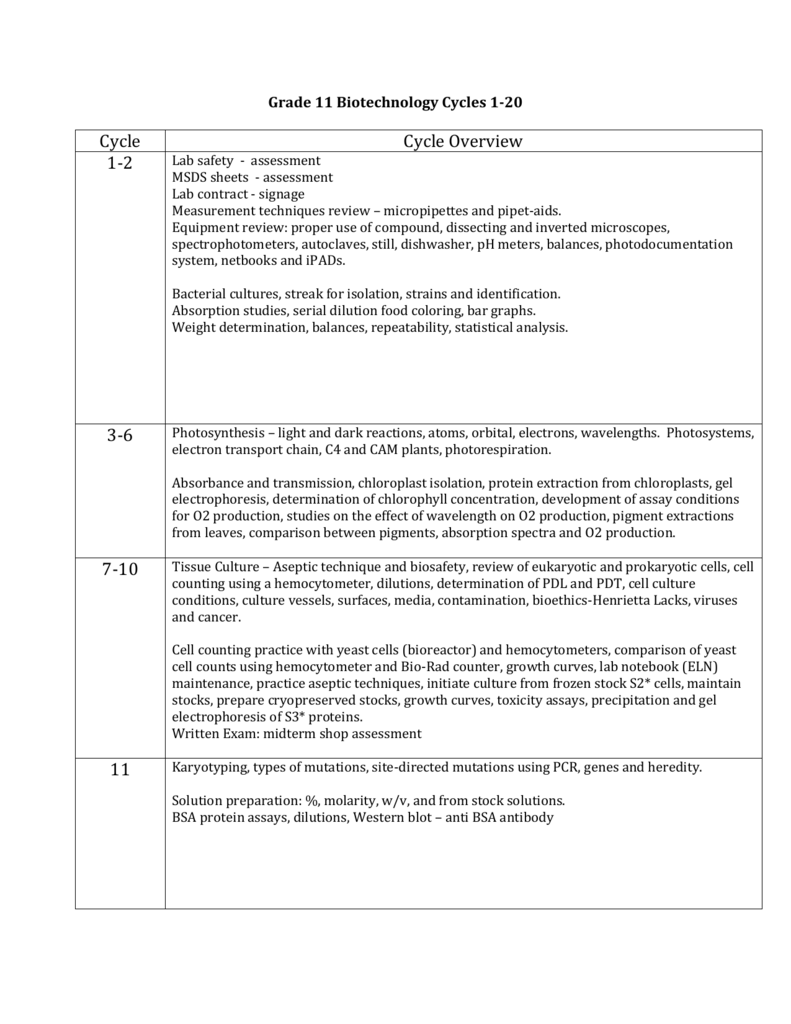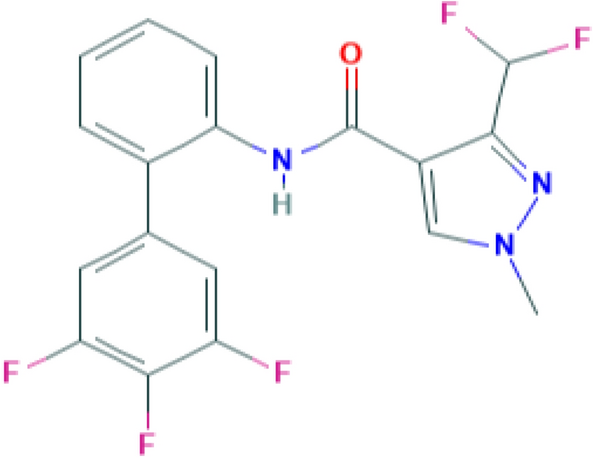

Table 1: Typical sample volumes for membrane filtration analysis Sample type 100 ml 10 ml 1 ml 0.1 ml 0.01 ml 0.001 ml Treated drinking water X Partially treated drinking water X X Protected source water X X Recreational water X X Surface water X X Wastewater X X X Discharge from sewage treatment plant X X X Ponds, rivers, storm water runoff X X X Raw sewage X X X Depending on the source of the water different filtration volumes of water samples are used. Bacterial cells trapped on the membrane will grow into colonies that can be counted, and a bacterial density of the water samples can be calculated. In this method, water from different samples are passed through a membrane filter with a pore size of 0.45 µm and the membrane is incubated on an agar plate. Membrane filtration for determining the coliform count (Image source: ) One of the techniques is membrane filtration method. The density of the microorganisms present shouldīe proportional to the degree of contamination.Į.coliwhich is a normal flora present in the intestine of humans and animals meets the above requirements so detection of E.coli and/or related bacteria termed “coliforms” is done using many different techniques as a part of bacteriological analysis of water.The microorganism is not found in water and willīe present in the water only when a contamination event has occurred and.


Indicator microorganisms are ones that have the following Water is screened for the presence of fecal contamination by testing for the presence of an indicator microorganism. Bacteriological analysis of water is one component of drinking water quality analysis.


 0 kommentar(er)
0 kommentar(er)
